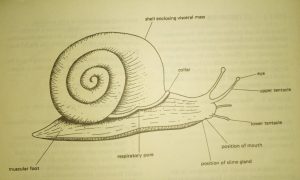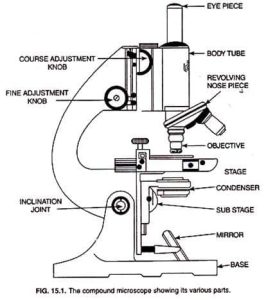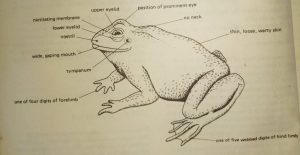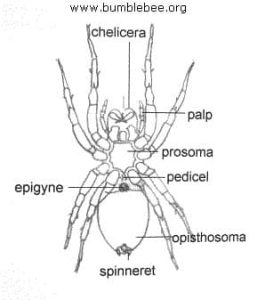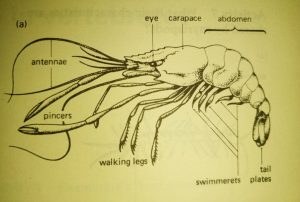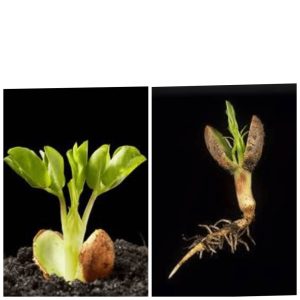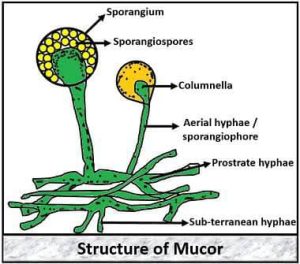2023 NECO BIOLOGY PRACTICAL SPECIMEN
Specimen A – Land Snail
Specimen B – Toad
Specimen C – Spider
Specimen D – Crayfish
Specimen E- Spirogyra Filaments
Specimen F – mucor/Rhizopus
Specimen G – Groundnut Seeding (A week old)
Specimen H – Maize Seedling (A week old)
Specimen I – Microscope
Specimen J – Slide (plain)
Specimen K – Pigeon
Specimen L – Agama Lizard
Specimen M – Rat
Specimen N – Tilapia
Habitat: Freshwater Habitats, Streams and Rivers, Lakes, and Ponds e.t.c.
Class of Specimen C: Arthropoda
Observable Features That Adapt
Specimen D to its Habitat
1. Claws and Appendages:
Large, powerful claws for defense and prey capture.
Walking legs with specialized structures for movement and stability.
2. Exoskeleton and Body Shape:
Protective exoskeleton for defense.
Compressed body shape for
maneuverability in narroW spaces.
3. Antennae and Sensory Organs:
Long antennae with chemoreceptors for detecting chemicals.
Sensory setae for perceiving movements and vibrations.
4. Abdomen and Tail:
-Uropods and swimmerets for swimming and stability.
-Tail fan and telson for propulsion and protection.
Economic Importance of Specimen D
-It plays a key role in indicating water quality, keystone controls of trophic webs, and bioindicators of communities or habitats.
They are a very good source of protein and are very beneficial for human health, widely eaten throughout the world
The food industry has been
upgraded because of this crayfish as it is in very demand for the purpose of health among the customers.
Mode of Feeding of Crayfish
Crayfish use pincers to grab food and legs to guide it into their mouths. They employ chelipeds to tear apart tough food.
Food Chain Of Crayfish
Algae and Aquatic- Plants Herbivorous
Invertebrates – Crayfish
Diagram of Specimen D Crayfish
Crayfish – Dorsal View

